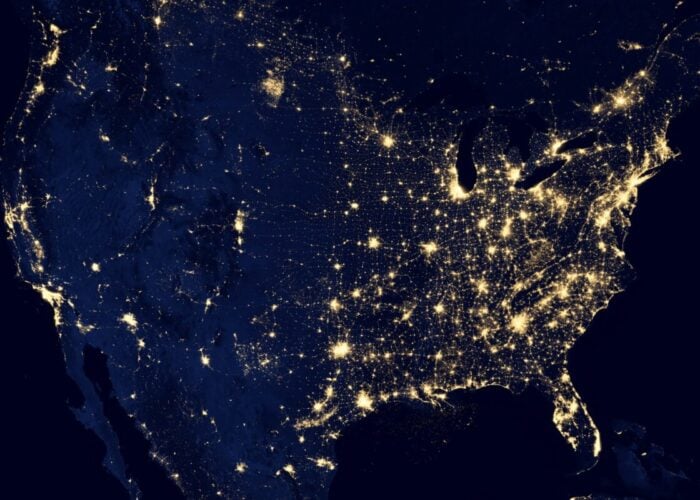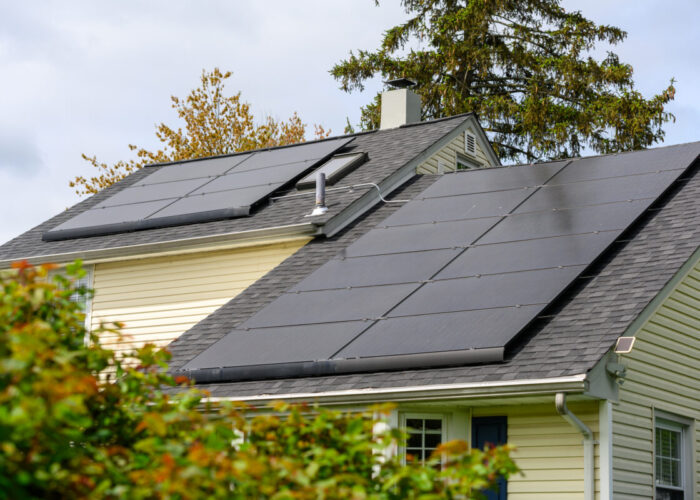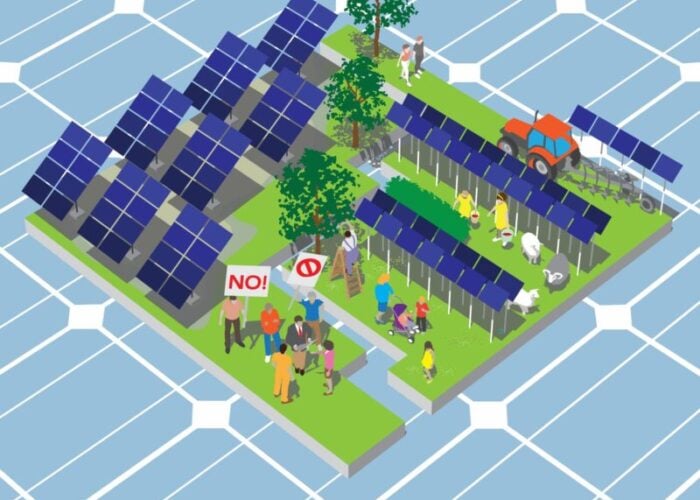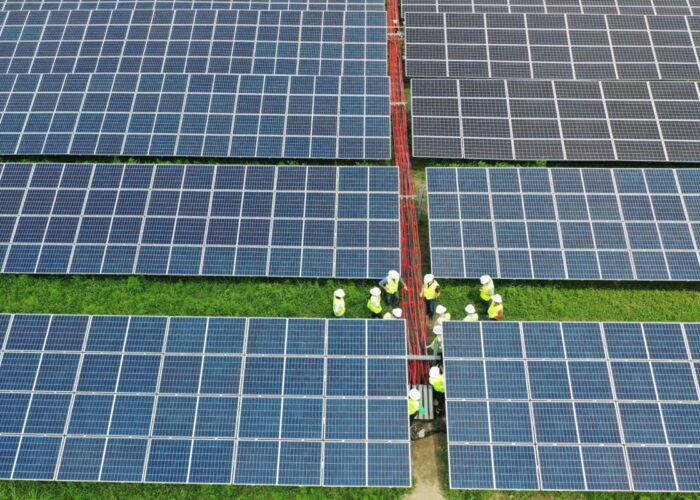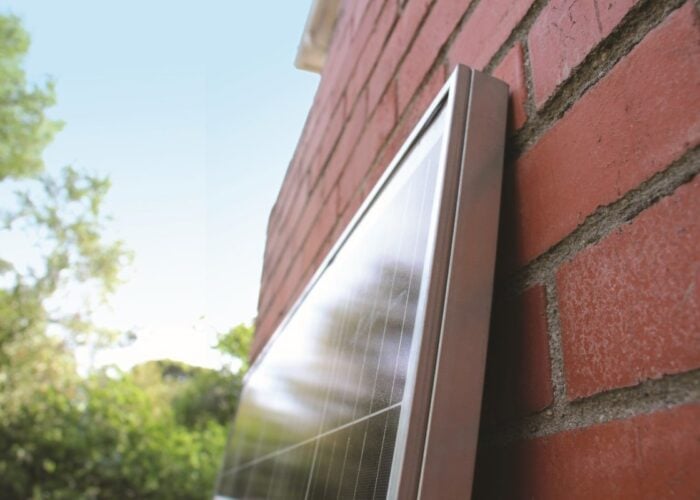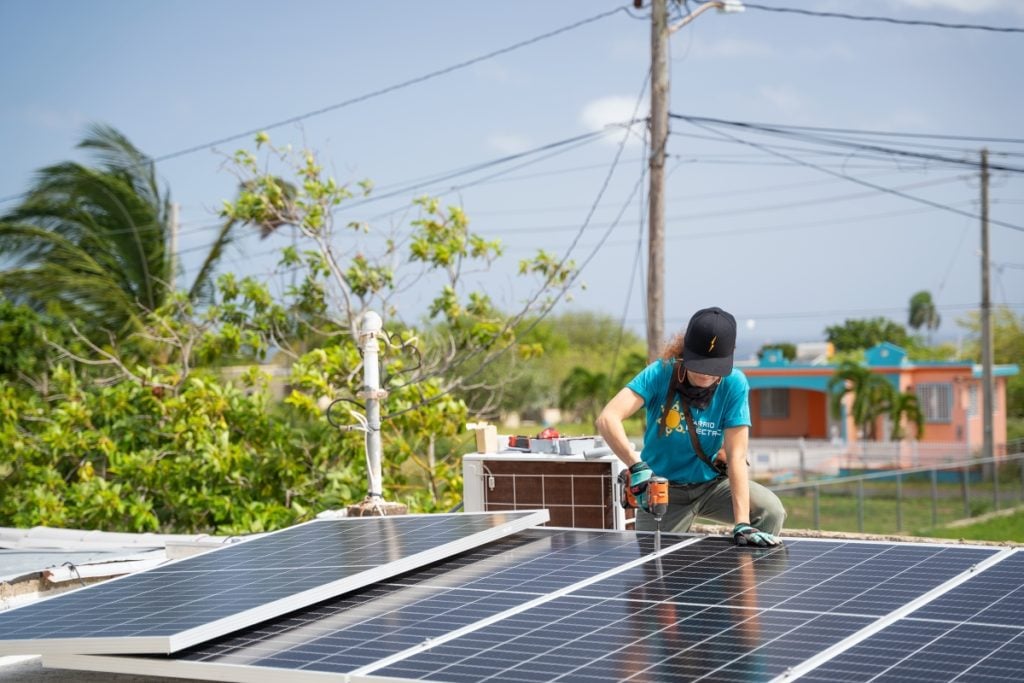
When Hurricanes Irma and Maria hit Puerto Rico in 2017, the island ended in a total blackout, with millions of people without access to electricity for weeks. Soon after these events, the governor of Puerto Rico signed an executive order that would streamline permitting and interconnection, which would allow people to install solar panels and batteries before connecting them to the grid. All while the grid was still down.
This was followed by a major energy policy that was passed into law, known as Act 17. Among the landmark legislations was an expedited interconnection pathway and permitting.
Unlock unlimited access for 12 whole months of distinctive global analysis
Photovoltaics International is now included.
- Regular insight and analysis of the industry’s biggest developments
- In-depth interviews with the industry’s leading figures
- Unlimited digital access to the PV Tech Power journal catalogue
- Unlimited digital access to the Photovoltaics International journal catalogue
- Access to more than 1,000 technical papers
- Discounts on Solar Media’s portfolio of events, in-person and virtual
“As long as you have a professional engineer that stamps your application, you can install it right away without getting permission, and then the inspection stuff is done afterwards. That’s unique in the country. And really clears away unnecessary regulatory burdens and unnecessarily bureaucratic cost and hurdles,” says Chris Rauscher, head of grid services of virtual power plants (VPPs) at solar installer Sunrun.
These unfortunate events helped boost interest and consciousness in the island for solar and storage in the residential market, but also raise awareness of the need to be better prepared in case of another hurricane or extreme weather event that could knock out again the grid for weeks, or months. “As a result of that, the demand for solar and batteries in Puerto Rico is really unprecedented. To the extent it’s in the public consciousness there.”
However, challenges still remain present in Puerto Rico. One of the main challenges on the island was to make these solar and storage systems affordable for all and make sure that everyone would be able to get access to a solar and storage system.
Out of the nearly 1.3 million residential meters in Puerto, over 700,000 of them are low and moderate-income households, says Lauren Rosenblatt co-founder and CEO of residential solar installer Barrio Eléctrico.
One of the reasons why it was not affordable was due to the lack of similar incentives seen in the rest of the US. “In Puerto Rico, they don’t pay federal taxes. They can opt to pay federal taxes, but most of them don’t. And because they’re tax-exempt, they couldn’t take advantage of the tax credits.”
“Barrio Eléctrico figured out how to use tax credits to give investors back the return that they expect, and use the tax credits to take the pressure off the revenue stream that comes from the consumer. And what that means is we can drop the amount that they pay, because the revenue stream is not solely responsible for making the investor return,” adds Rosenblatt.
These tax credits, of 30%, were already in place before the Inflation Reduction Act (IRA) was passed into law, which increased interest by other parties who can use the tax credits in Puerto Rico, due to the implementation of tax credits and programmes for low and moderate incomes.
“What the government does is take the pressure off the revenue stream. The more of the cost of the system you can cover when you put it in, the less you need to collect to return to the investors. With residential, what we are able to do, by aggregating many, many homes into a portfolio is churn quickly through tranches of private investment,” says Rosenblatt.
To make sure that the families would save as much as possible, Barrio Eléctrico coached them to prioritise the power from their systems.
“In order for us to really give them savings, which is what’s required, we coach our families to use the power from their systems first. Because our rates are cheaper than the utility. So we say ‘use your solar, drain your battery, then allow your intelligent system to seamlessly switch to the grid’. And that way the grid is there for backup when it’s there and you use that more expensive power only as the last recourse.”
More than just being a residential solar installer in Puerto Rico, Barrio Eléctrico also created an alternative utility service affordable to low and moderate-income households, says Rosenblatt. On top of that, the company aims to raise awareness in Puerto Rico about energy.
Making sure that people are knowledgeable about the technology, the energy policy or the legal and regulatory regimes is among one of the services that Barrio Eléctrico, a residential solar installer, provides.
“We do a lot of education around the technology, energy policy and the legal and regulatory regimes that govern the way we buy and receive energy. With the hope that in five years’ time or so, communities where we work, and have a presence, will have enough knowledge, empowerment and experience with distributed generation, that they can make decisions and be part of the conversation about what should come next,” adds Rosenblatt.
Puerto Rico’s success story in the energy transition
What should come next could be multiple things, from microgrids to upgrading the grid or building a virtual power plant (VPP). The latter could be key to a higher penetration of renewables in Puerto Rico, says Rauscher.
With the lack of available land to build utility-scale projects and how the residential market in Puerto Rico goes with solar-plus-storage rather than solar as a standalone, due to continuous power outages on a weekly basis, says Rauscher, this opens the possibility of having dispatchable power that could help alleviate the issues of the grid. “Distributed power plants are really the key to a high renewable future in Puerto Rico,” says Rauscher.
However, Rosenblatt warns that the grid is not modernised enough yet in order to take “serious advantage” of a VPP and it could take years before it happens. “The biggest challenge with the grid is that we believe there’s a critical mass of our systems in place that could provide grid services and the returns on those services could go back to our programme. And ultimately to the people who are hosting the systems,” adds Rosenblatt.
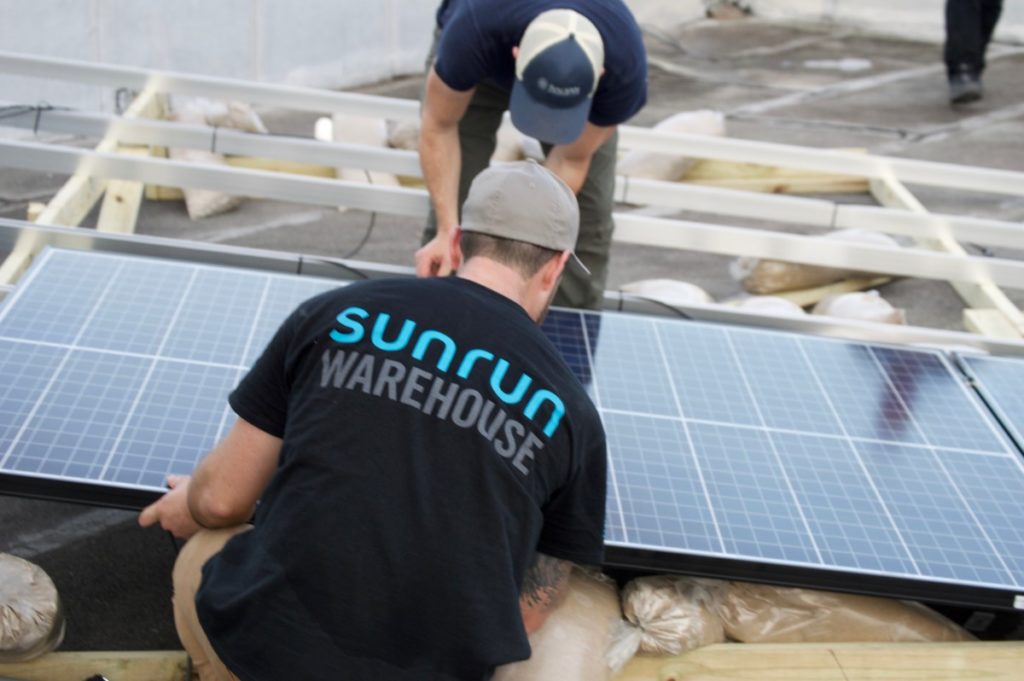
Last year, Sunrun was selected by the Puerto Rico Electric Power Authority (PREPA) to develop a 17MW energy storage VPP programme in the country, as covered by our sister site Energy-storage.news.
“We’re going to be cycling every weekday of the year, in the morning, absorbing solar into the batteries. And then in the late afternoon and early evening, we’ll discharge that to the home and to the grid. This reliable daily source of power will be offsetting baseload fossil generators. And Sunrun customers that are in that distributed power plant will still have backup power, because we’re not going to use the entire battery. They’ll always have backup power.”
The company also participates in another distributed power plant programme, the Battery Emergency Demand Response programme, which focuses on rapid emergency response from residential solar customers and storage systems in case of power outages.
“Puerto Rico is really leapfrogging other places in the country,” says Rauscher, adding: “Puerto Rico is increasingly a success story in the energy transition.”
Both these programmes, but also the interest in renewables, mostly solar-plus-storage, at all levels from the governor to the citizens, to be educated in terms of electricity, and energy policy has made Puerto Rico an example of how distributed energy resources can be a solution towards a clean energy transition.
“It’s this example for the grid to the rest of the country as a shining example that you can accelerate the clean energy transition through the use of residential solar and storage and distributed power plants. And there’s no excuse to not do it today,” says Rauscher.

